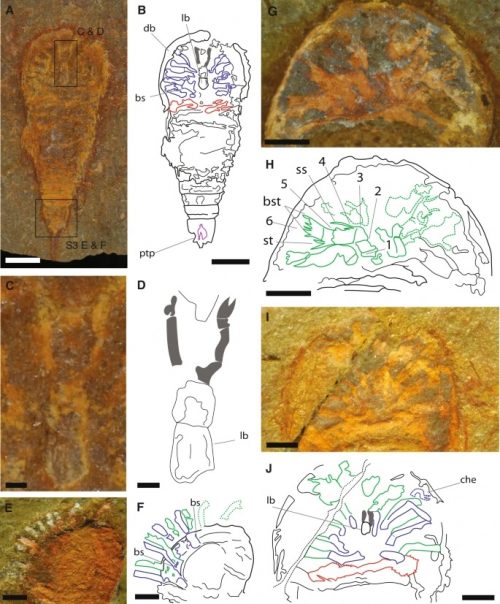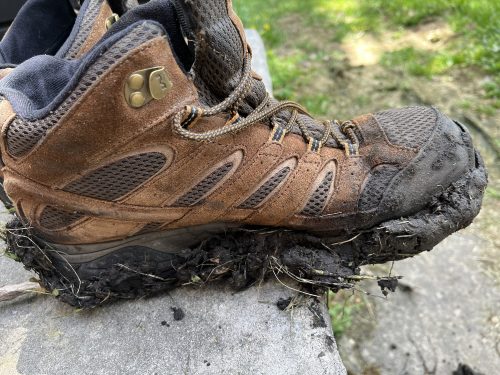All right, all right, we know. The American election process sucks, and somehow a floofy-haired orange con artist got elected to the presidency, and despite being hit with trial after trial for his criminal corruption, is trying to get elected again to the highest office in the land. And a significant number of people enthusiastically favor him!
I don’t get it. Minnesota had a kook claiming to be a vampire, Jonathon “The Impaler” Sharkey, running for governor, and when his crimes were exposed, we had him arrested and extradited to Indiana. That’s the sane response to running a crook and a fraud out of town.
Then the UK fucked up thoroughly by passing Brexit — again, with a significant fraction of the population cheering it on — and as the relevance of the nation collapses in response, elects a series of Tory bastards to various high positions. Nigel Farage? How was he taken seriously? Boris Johnson? Rishi Sunak, who is simply an exploiter and parasite? It’s absurd. How can the US and UK keep digging deeper holes for themselves?
And now the Netherlands. The Netherlands always seemed like an eminently sensible, practical nation with high educational standards, but now they’ve gone and put Geert Wilders in charge of the country.
The far right’s stunning victory in the Netherlands’s parliamentary elections last fall will upset far more than the country’s immigration policies. An agreement by the four parties aiming to form a new government, presented on 16 May and debated in the House of Representatives on 22 May, also calls for cuts in science and innovation funding, rollbacks of environment and climate policies, and restrictions on the influx of foreign students.
HOW? How does an electorate decide to immolate their economy, their reputation, and their future? Wilders is a catastrophic choice, just as bad as electing Trump here. He’s also simply dead wrong on every decision that impacts science.
Wilders, who ardently denies climate science, called in his election platform for putting all climate policies and agreements “through the shredder,” but he conceded in Parliament that won’t happen. The governing agreement leaves most climate “nonsense” in place, he said. A proposed carbon dioxide tax for industry and a plan to speed up the introduction of heat pumps in homes have both been abandoned, however.
He also looks like a clown. I guess it’s good that politicians shouldn’t be elected on the basis of appearance, but you’re supposed to avoid superficialities to examine their policies critically. Wilders fails on all counts.


















